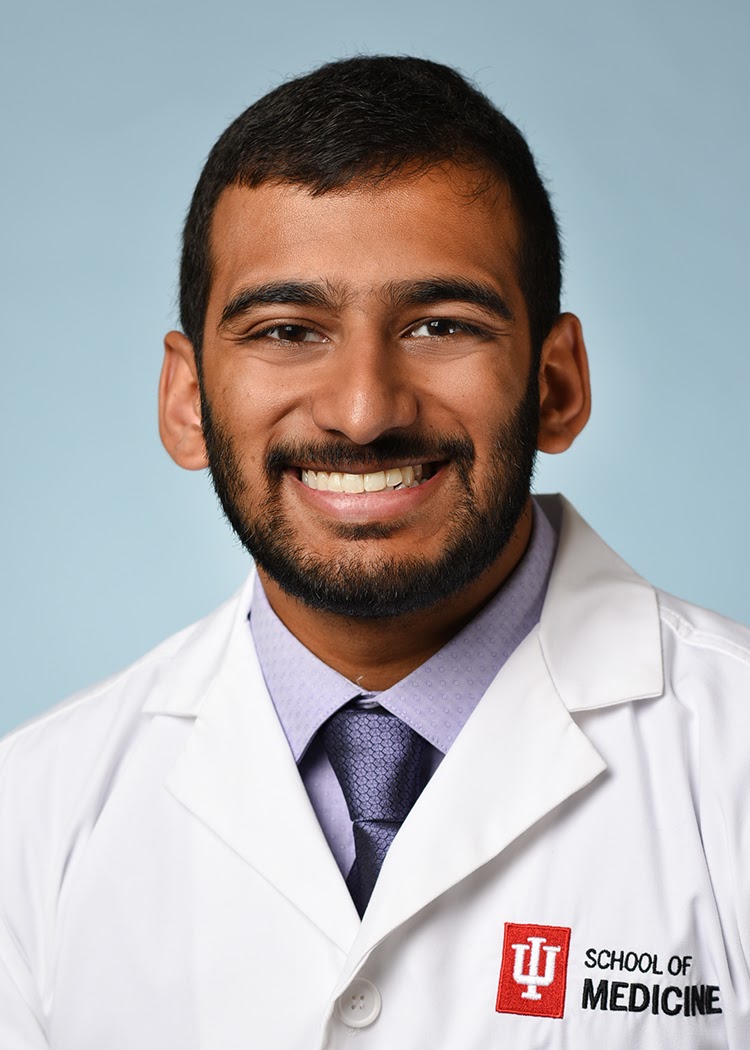PhD Defense Announcement: Andrew Sivaprakasam – Biomedical Engineering (Advisors: M. Heinz & H. Bharadwaj)
| Author: | Afagh Farhadi |
|---|---|
| Event Date: | January 8, 2025 |
| Time: | 8:30-9:30 |
| Location: | LYLE 1028 |
| Open To: | All |
| Priority: | No |
| School or Program: | College of Engineering |
| College Calendar: | Show |
We invite everyone to attend and support Andrew as he shares his research and celebrates this important milestone in his academic journey.
Title: Place and Time Processing of Pitch in the Context of Cochlear Dysfunction
Date: January 8th, 2025
Time: 8:30 AM EST
Location: LYLE 1028 and Zoom ( for Zoom link contact Dr. Heinz)
Committee: Michael Heinz (Chair), Hari Bharadwaj (Co-Chair), Edward Bartlett, Rick Nelson (IUSM), Andrew Oxenham (Univ. of Minnesota)

Abstract:
Sensorineural hearing loss occurs in 15% of American adults and current treatment protocols are often guided by limited and outdated diagnostics. Not all types of sensorineural hearing loss are identical in physiology and a major priority of current auditory research is to innovate in the space of precision auditory diagnostics and treatments. Understanding how specific patterns of damage to the cochlea or auditory nerve variably impair the perception of different sound features is critical to improve treatments for hearing-impaired individuals. A history of auditory research has led to considerable insight as to how anatomic components of the auditory periphery, namely inner hair cells (IHCs), outer hair cells (OHCs), and the cochlear synapse function together to transduce, amplify, and code simple sounds. However, there exist considerable gaps in our knowledge of how these peripheral components are responsible for maintaining the fidelity of more complex auditory phenomena and perception. Pitch, the perceived “highness” or “lowness” of a given sound, is an example of a complex psychoacoustic phenomenon. Pitch cues are used to listen to and compose music and to process vowels, identify talkers, and convey emotion. Without intact pitch perception, conversation becomes emotionless, a symphony becomes a cacophony. While pitch has been extensively studied perceptually, our knowledge of the underlying neurophysiology of pitch remains incomplete. Three categories of pitch theories attempt to explain pitch coding in terms of the tonotopic organization of our auditory system (place), the temporal information present in neural firing patterns (time), or a combination of these (place-time). We plan to assess these theories in the context of cochlear pathologies that are expected to differentially alter place and timing cues, hence developing a more comprehensive understanding of pitch. We expected that deficits in time and place coding both affect the neural processing and perception of pitch, but that disrupted place coding plays a stronger role. We investigated this hypothesis by using controlled chinchilla models of hearing loss to investigate SNHL effects on pitch-related electrophysiology. We observed that noise-induced hearing loss primarily disrupts place cues, likely through OHC damage and dysfunction. IHC damage appears to degrade the temporal envelope coding that is used to derive pitch from higher harmonics that are unresolved by cochlear filters. We then collected identical measures in humans with variable hearing status and pitch perceptual ability. Variations in neural and perceptual phenomena relevant to place and time coding of pitch were then related to mechanistic observations from our animal model. Indeed, this cross-species approach reveals significant insights into the physiological mechanisms underlying pitch processing by the auditory periphery.
